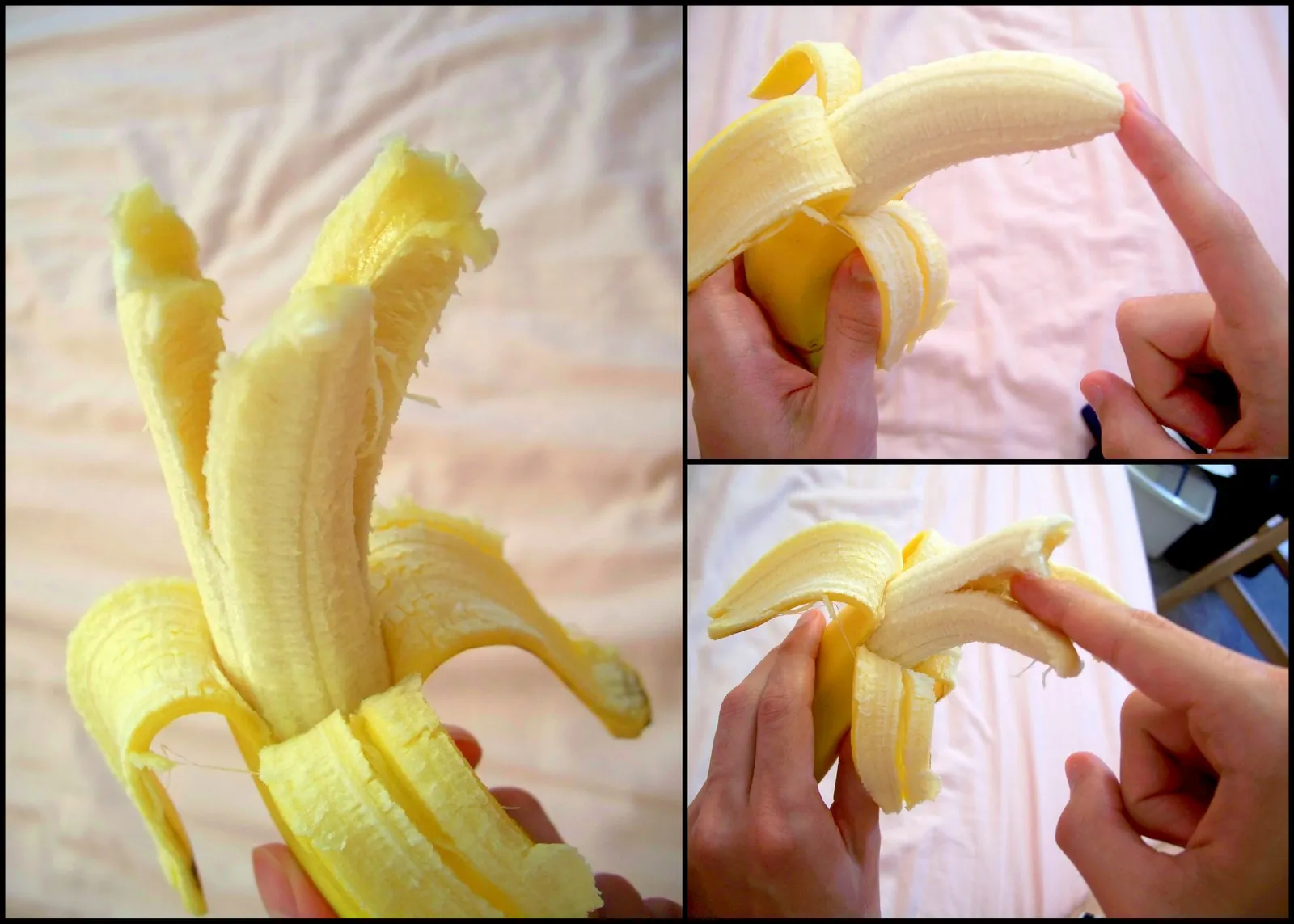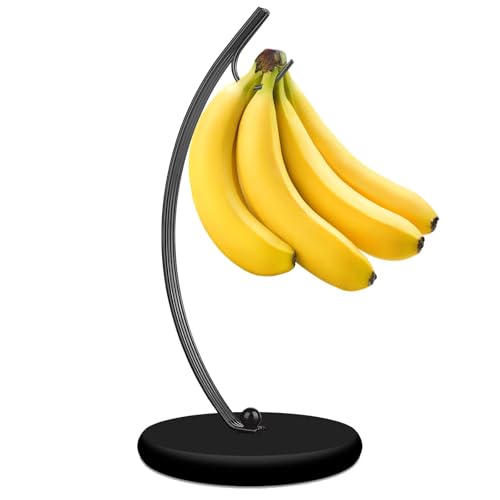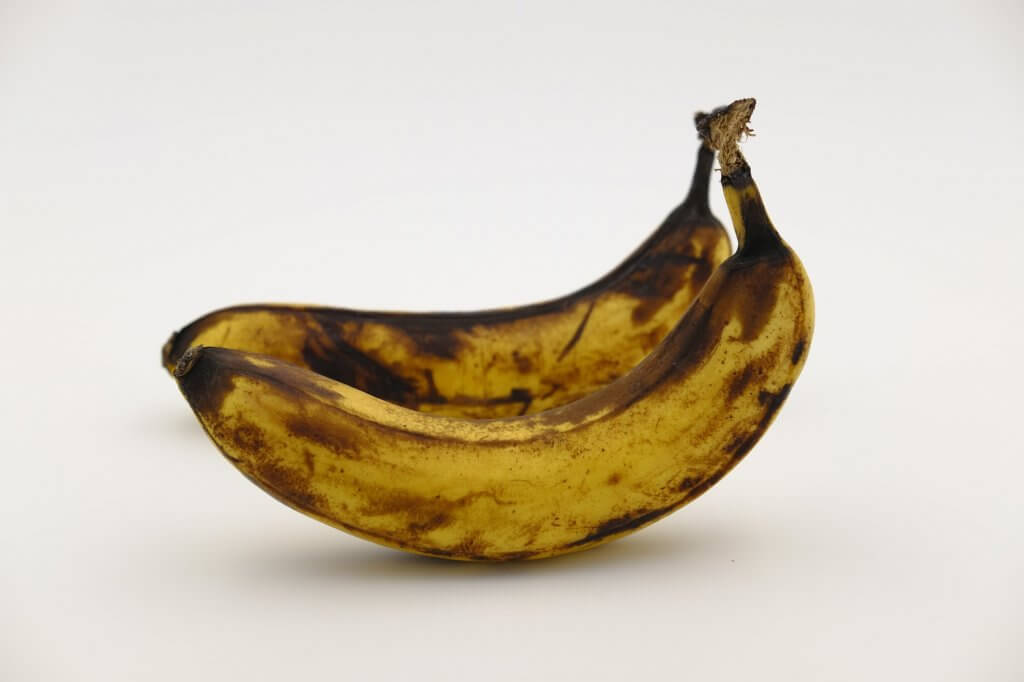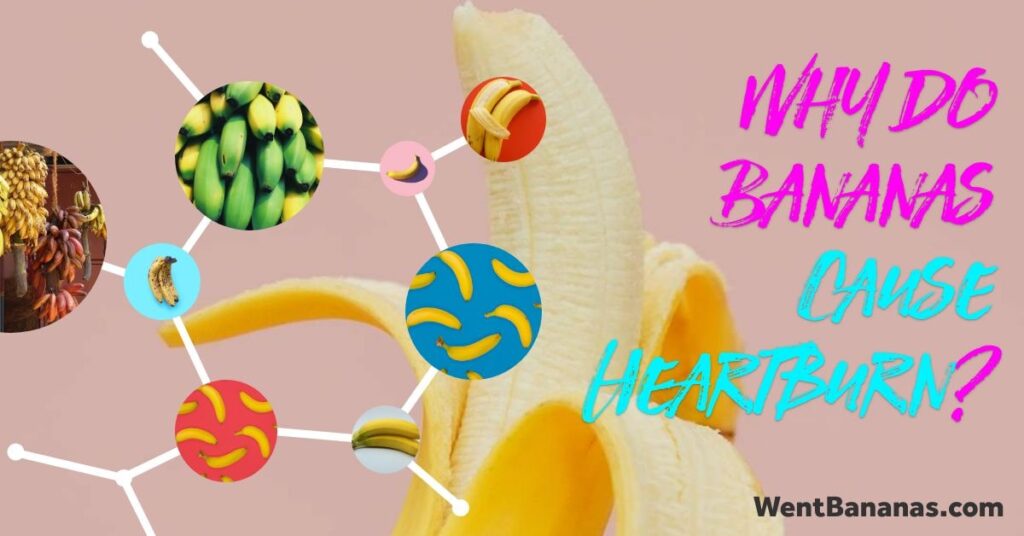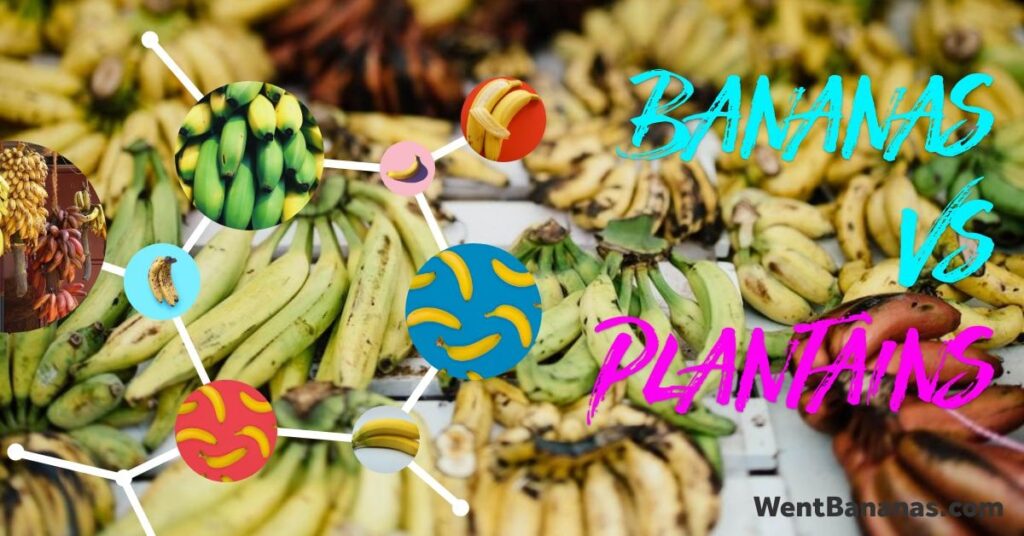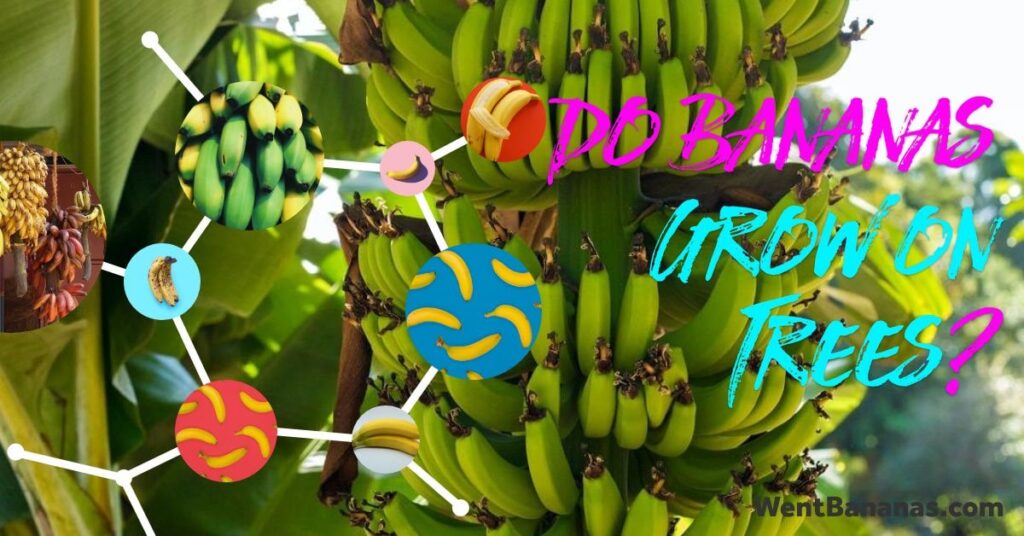Are you curious about the age-old question of whether it’s safe to eat a banana that has split? You’re not alone. Split bananas are a common occurrence, but many people are unsure about what causes a banana to split and whether it’s still okay to eat. In this article, we’ll dive into the science behind banana splitting and explore the potential risks and benefits of consuming a split banana. We’ll also share helpful tips for storing bananas to prevent splitting and creative ways to use those overripe bananas. So whether you’re a banana connoisseur or just looking to learn more about this tasty fruit, keep reading for all the juicy details!
What causes a banana to split?
Have you ever wondered what causes a banana to split? It may seem like a simple question, but the answer is actually quite complex.
The process of ripening and subsequent splitting of bananas is due to the presence of a natural plant hormone called ethylene. Ethylene is responsible for triggering the ripening process in fruit, including bananas.

As bananas begin to ripen, they produce more ethylene which accelerates the process further. This buildup of ethylene causes enzymes within the banana to break down complex carbohydrates into simple sugars, making it sweeter and softer.
Eventually, this breakdown becomes too much for the banana’s skin to contain and it splits open. This process can be accelerated by exposing bananas to higher temperatures or by placing them in an enclosed space, such as a paper bag.
Interestingly enough, not all bananas split during their ripening process. Some varieties have thicker skins that can better contain the pressure caused by ethylene buildup while others have been bred specifically not to split.
Overall, understanding what causes a banana to split can provide insights into how we can manipulate this natural process for greater efficiency in food production and preservation.
Is it safe to eat a banana that has split open?
Have you ever wondered whether it is safe to eat a banana that has split? The answer is yes, it is perfectly safe to consume a banana that has split. In fact, some people prefer to eat bananas when they are slightly overripe and split, as they tend to be sweeter and softer.
The reason why bananas split is due to the natural ripening process. As the fruit ripens, the skin becomes thinner and more fragile, making it easier for the banana to split open. While this may seem like a cause for concern, rest assured that splitting does not affect the safety or quality of the fruit.
In fact, some studies have shown that overripe bananas may actually have health benefits. They contain higher levels of antioxidants and probiotics compared to unripe bananas. So next time you see a split banana in your fruit bowl, don’t hesitate to enjoy its delicious sweetness.
However, it’s important to note that if a banana appears black or moldy on the inside or outside of its skin, it should not be consumed as it may be spoiled and create health hazards for consumption.
In conclusion, eating a banana that has split is perfectly safe and can even provide additional health benefits compared to unripe bananas. So go ahead and indulge in this tasty fruit without any hesitation!
The potential risks and benefits of eating a sliced banana.
The split banana has been a topic of debate among fruit enthusiasts for years. While some argue that the split banana is a convenient and easy snack option, others have raised concerns about its potential risks and benefits.

On the one hand, split bananas are a quick and easy snack that can be enjoyed on the go. They are also an excellent source of energy, vitamins, and minerals such as potassium which is essential for maintaining healthy blood pressure levels.
However, there are also potential risks associated with eating split bananas. The main concern is that they can be more susceptible to contamination from bacteria or mold due to their exposed flesh. This risk can be mitigated by washing the banana thoroughly before consuming it.
Additionally, some people believe that eating split bananas may lead to digestive issues due to their high sugar content. However, this risk is relatively low as long as you consume them in moderation.
Overall, while there may be some potential risks associated with eating a split banana, they are generally considered safe when consumed in moderation and after proper washing. As with any food item or snack choice, it’s always essential to make informed decisions about what you put into your body based on your individual needs and preferences.
Tips for storing bananas to prevent splitting.
Bananas are a delicious and nutritious fruit that can be enjoyed in many ways. However, they are also notorious for splitting and becoming overripe quickly. To prevent this from happening, it is important to properly store your bananas.
Firstly, always buy bananas that are slightly green or yellow with green tips. This will give you more time to consume them before they become too ripe. Once you have purchased your bananas, do not store them in the refrigerator as this will cause them to turn black quickly.

« how to break a banana in half
The Truth About Bananas and Heartburn: What You Need to Know »
Instead, keep your bananas at room temperature away from direct sunlight or heat sources. You can also hang them on a banana hanger or place them in a banana bag to prevent bruising and maintain their shape.
If your bananas have already started to ripen and you cannot eat them all before they go bad, consider freezing them for later use in smoothies or baking recipes. Simply peel the ripe banana and place it in an airtight container or freezer bag for up to six months.
By following these tips for storing bananas, you can enjoy fresh and perfectly ripe fruit every time without the worry of splitting or spoilage.
Using split bananas in recipes.
Split bananas are a versatile ingredient that can add a unique twist to your favorite recipes. Whether you’re looking to sweeten up your breakfast or add some depth to your desserts, split bananas can do it all.
One of the most popular ways to use split bananas is in banana bread. By mashing up the ripe fruit and folding it into the batter, you’ll be able to create a moist and flavorful bread that’s perfect for any occasion. You can also try incorporating split bananas into smoothies or milkshakes for an extra boost of nutrients and sweetness.
For those with a more savory palate, split bananas also work well in dishes like curries or stir-fries. The natural sweetness of the fruit pairs perfectly with spicy flavors and adds an unexpected twist to traditional recipes.
But perhaps one of the most unique uses for split bananas is in vegan baking. When combined with other ingredients like flax seeds or applesauce, mashed-up bananas can act as a binding agent in place of eggs. This makes them an essential ingredient for anyone looking to create delicious plant-based treats.
Overall, whether you’re using them as a sweetener or as a binder, there’s no denying that split bananas are an incredibly versatile ingredient that should not be overlooked. So next time you’re looking for new ways to elevate your cooking game, don’t forget about this humble fruit – it just might surprise you!
Check out our other articles to find out even more about banana.
Whether you’re looking to prevent your bananas from splitting in the first place, or wondering what to do with a split banana that’s already happened, this article provided valuable information about how to handle and consume these delicious fruits. So if you want to learn even more about bananas, be sure to check out our other articles – there’s always something new and exciting!

